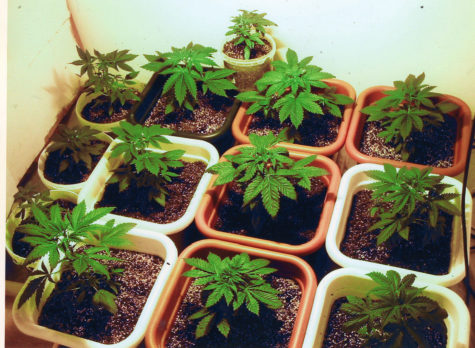Our boy is back! Abstruse Goose was our go-to back-up for 100 years, then he unaccountably disappeared for another hundred. And now, with no explanation (and we don’t need one), he’s back amongst us and our hearts rejoice.
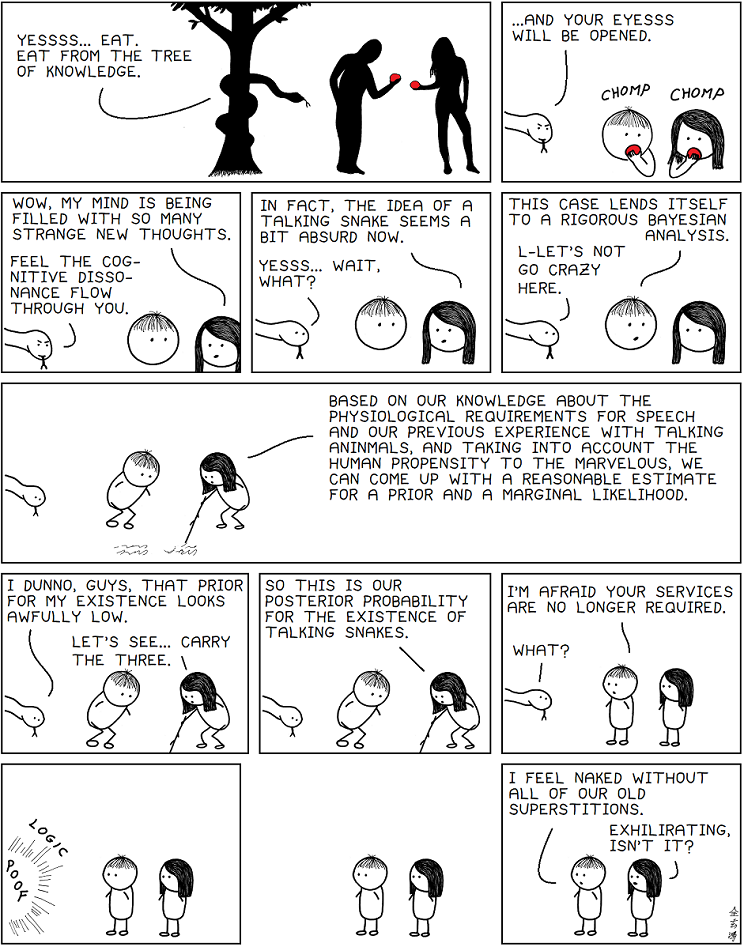 This one you can figure out without knowing what Bayesian priors are. I know a little because I like saying “Bayesian priors.” The Reverend Thomas Bayes, 1700’s, wrote “An Essay towards solving a Problem in the Doctrine of Chances” (source: Wikipedia, without shame but with admiration for Rev. Bayes’ excellent title), in which he tries (“essays”) to figure out (not that I’ve read the essay) how to make predictions most accurately. Turns out you’ll be a better predictor if you take into account — before (prior to) making the prediction, mind you — how likely any given scenario is. Example here: will Han Solo make it through the asteroid field? 100%, period. I’d argue the real Bayesian prior is that Harrison Ford was signed up for the sequel.
This one you can figure out without knowing what Bayesian priors are. I know a little because I like saying “Bayesian priors.” The Reverend Thomas Bayes, 1700’s, wrote “An Essay towards solving a Problem in the Doctrine of Chances” (source: Wikipedia, without shame but with admiration for Rev. Bayes’ excellent title), in which he tries (“essays”) to figure out (not that I’ve read the essay) how to make predictions most accurately. Turns out you’ll be a better predictor if you take into account — before (prior to) making the prediction, mind you — how likely any given scenario is. Example here: will Han Solo make it through the asteroid field? 100%, period. I’d argue the real Bayesian prior is that Harrison Ford was signed up for the sequel.
Anyway, it’s logic done with math. And since I don’t do math, you shouldn’t take my word for any of this. Besides, what Abstruse Goose did with his Bayesian priors here just made my neurons go on the fritz.
______
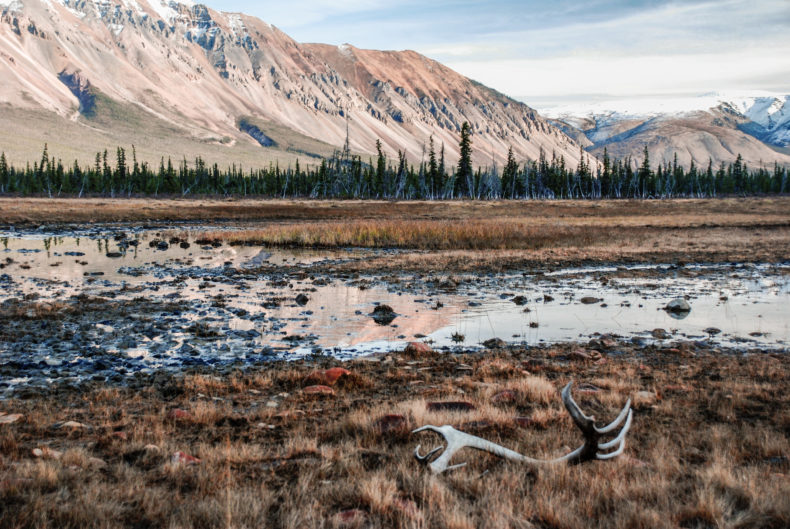
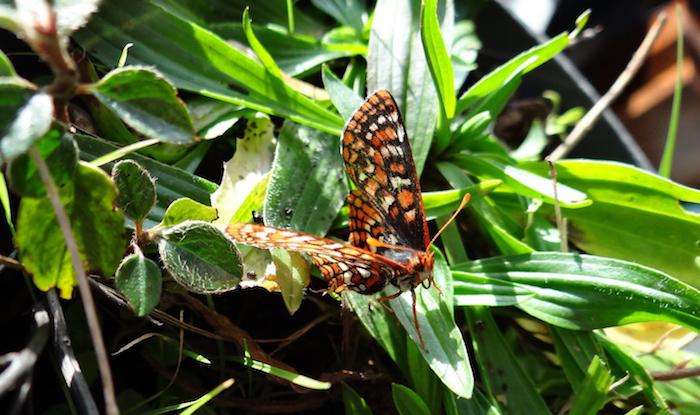 The inhabitants of little world evolve very quickly, making them nimble in the Anthropocene. That’s good, because most things on Earth are little.
The inhabitants of little world evolve very quickly, making them nimble in the Anthropocene. That’s good, because most things on Earth are little.
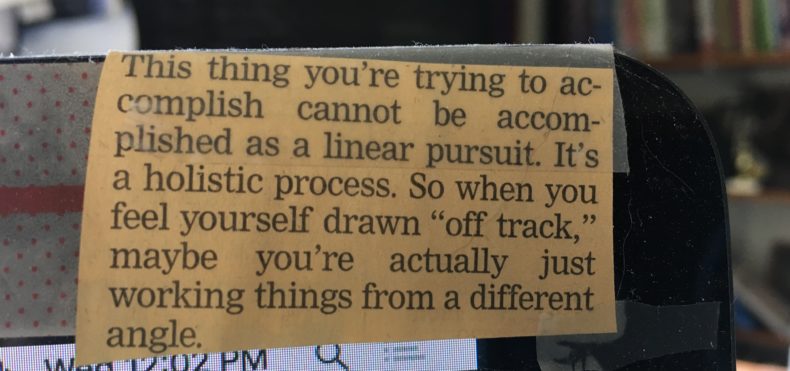
 It started with the maggots. One hot Australian January morning, unlucky beachcombers had discovered
It started with the maggots. One hot Australian January morning, unlucky beachcombers had discovered 
